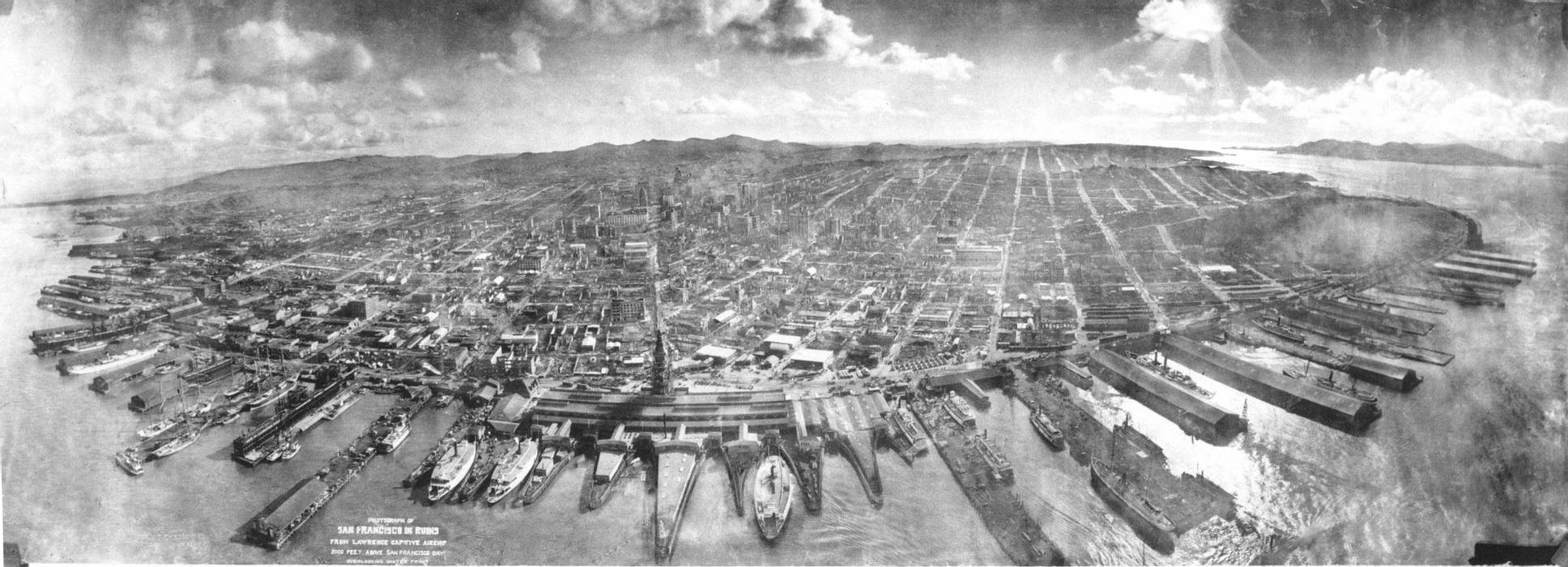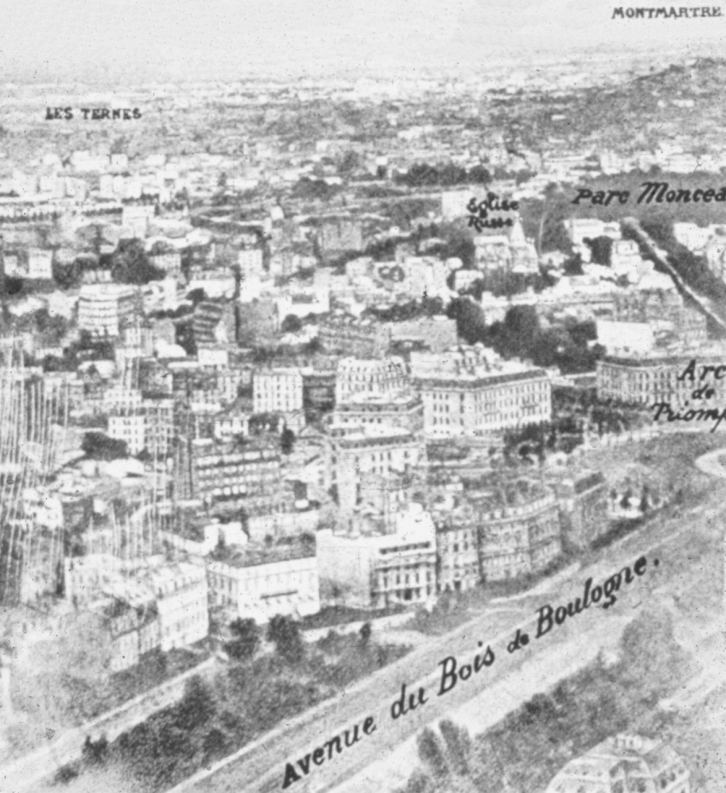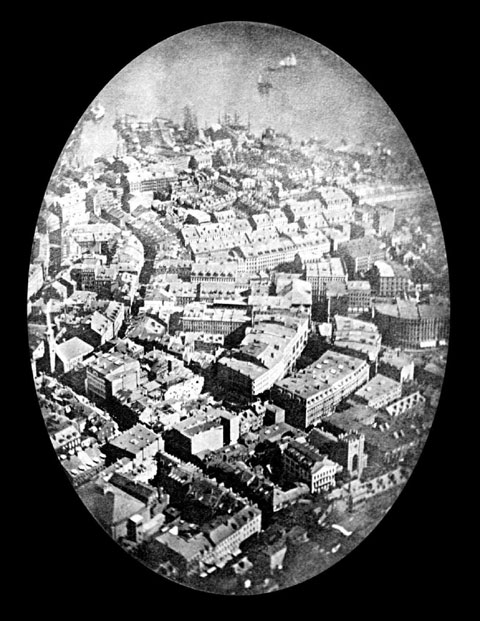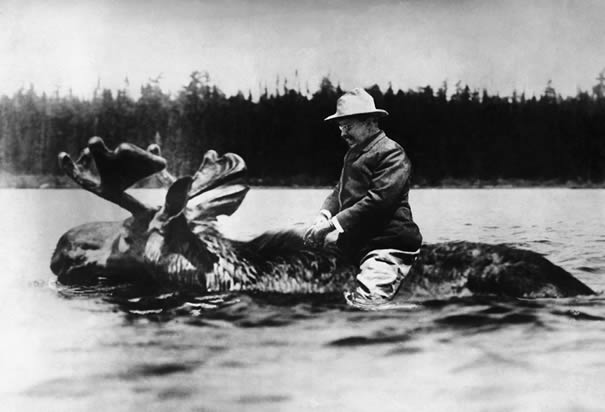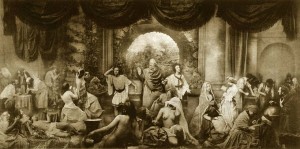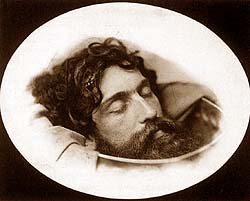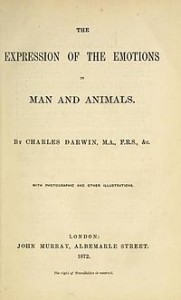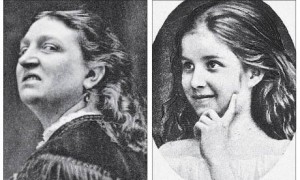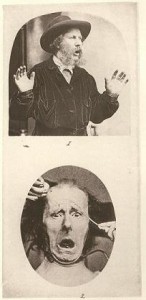I’ve gotten a lot of kind and positive response to my post about my grandmother’s portrait, and it got me thinking about the special appeal of old family photographs. We have discussed the magical quality of nineteenth century photographs of people, about how these people seem to call out and connect with us across the vastness of time. Their anonymity is part of their appeal. We are almost voyeurs observing long forgotten lives. In the case of family photographs it is almost as if the opposite is true. We are looking for something familiar, something of ourselves that creates a special bond of connection.
I remember once going to a good friend’s mother’s house and there on the wall was a nineteenth century picture of what appeared to be his teenage daughter. To me his daughter looked like her great-great grandmother – so strong was the family resemblance. That is the great power of our genes and therein lies the appeal of family pictures. They create a sense of personal connection and at the same time flesh out the ancestor almost as if they were remade.
The picture that I posted of my grandmother used to hang in my grandmother’s living room and next to it was a picture of my infant father on a bearskin rug from around 1918. I remember looking at them, whenever I visited my grandmother’s house. These hang again together in my study now. They are loaded with memories for me. Right now I am thinking about how sunny her 12th floor Bronx, NY apartment was, how she had a green thumb, which she was sure was because she spoke and sung to her plants.
And I suppose that there is a distinction between pictures of family that you once knew and family you never knew. In the latter case you can only imagine. And what you imagine is that the genes run deeper than any superficial physical likeness. You imagine that personality traits and feelings were also the same. Do you laugh like your parents, and they like theirs? Just as you may be like your mother or father, who in turn was like their mother or father, all of these people shared something of personality, with you – each in the context of his or her own time*.
There’s a lot of imagining going on, a lot of projection of self, and quite suddenly we see once more the true magic of photography. It projects a filtered reality through time and space. It makes us wonder about what makes us fundamentally human.
* I’d like to remind readers of my post of October 30 about Rafael Goldchain “I am My Family.“

